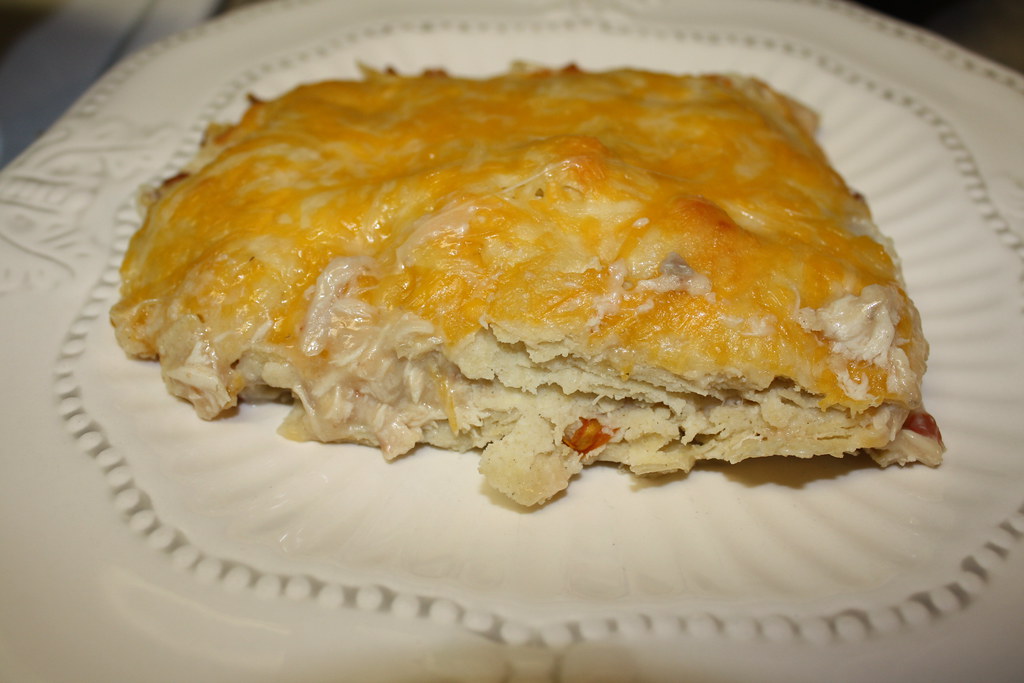Ever since the children came along, I hardly have chance to catch any movies at the cinema. To me, Spiderman, Batman Forever, Star Wars, and even Narnia don't count. I consider myself to be a very lucky person to be able to go on movie marathons whenever we went on holidays. Despite being coop up in a cabin high up in the sky, I got my fair share of movie-indulgence, having watched some good movies, be it action-packed thrillers or romantic comedies. I even managed to catch a few good Japanese movies, like the 'The Professor and His Beloved Equations' and 'Kabei - My Mother'. Although they are not blockbusters but these are the kind of films which will give me lasting impressions, I will still be able to remember the stories years later.
This time I saw "Julie and Julia".
I only got to know Julia Child when I first attempted to make a sponge cake. In fact it was through this video clip of Alice Medrich's Chocolate Genoise Cake that I first saw Julia Child on video. Then I spotted her book "Baking with Julia", written by Dorie Greenspan, sitting on the library book shelf. No, I didn't borrow the book. Back then, when I was so new in baking and cooking, I was rather intimidated by the sheer volume of the book. I left Julia Child sitting at the back of my mind since then.
Early this year, I saw segments of the movie trailer on the 'Entertainment Tonight'...while commuting on a public bus. It was interesting to know that they are going to make a movie about Julia Child, and Meryl Streep, who happens to be one of my few favourite actress of all times, would be taking on the role as Julia. I told myself I should really make an effort to go watch the movie when it opens in the theater.
When the movie was finally released in Singapore in October, I did contemplate whether it would be feasible for me to go catch it during the short 2 hours of my free time. Well, too many things happened, and my movie-outing didn't work out. I could only satisfy myself by reading the movie reviews by the local papers. It was only then that I learned that this movie is not just about Julia...there is this other lady, Julie Powell who started a project to challenge herself to cook 524 recipes from Julia's first cookbook in 365 days, and, blog about it. How interesting!
I am glad I was able to watch this movie eventually! I enjoyed every bits of it, especially whenever Meryl Streep appeared on the tiny screen in front of my seat. I think it was because of her that I tend to like the Julia-side of the story line. The Julie-side of the story did strike a chord though...especially the blogging part...when she received her first ever comment, and about her wondering whether anyone out there actually reads her blog. I have had the exact same sentiment when I first started this blog. At a certain point in time, Julie suffered for her blog, resulting several meltdowns along the way. I hope I will never ever land myself in the same frustrated situation. I would rather control my blog than to let it control my life.
If you like cooking and blogging just like me (and you don't have to be a fan of Meryl Streep your know), I hope you have already seen this wonderful movie, otherwise I wish you will be able to get to watch it somehow...















